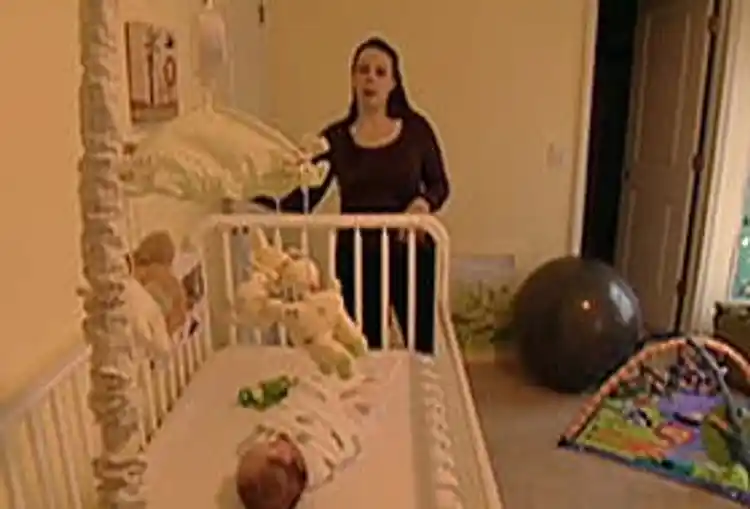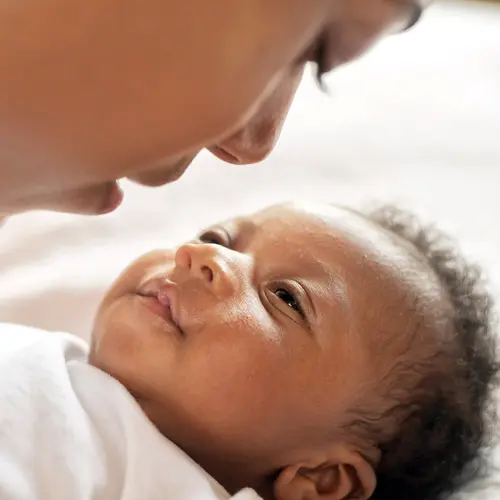Baby Sleep: Co-sleeping vs. Crib

Hide Video Transcript
Video Transcript
: Lullaby music
Narrator
One of the great debates among new parents and practitioners: Where should baby sleep? Solo in a bassinet or crib – or in the family bed? You certainly can make the case for either choice. We’ll explore both options step by step. Mom
Let’s lay down now Narrator
The predominant trend in the United States – historically and to this day – has been for infants to sleep separately from the very start. Many parents find this the more practical approach to getting sounder sleep and maintaining some sense of solitude and privacy as a couple. There is also the premise that babies are safer sleeping on their backs in a crib than in the family bed. There is the risk of suffocation in the event an adult accidentally rolls over a baby – or loose, soft bedding gets dangerously in the way. On the other hand there are some advantages to co-sleeping. It’s done in most other cultures around the world, and proponents believe it solidifies early bonding and attachment. As many nursing mothers will attest, co-sleeping provides more rest and convenience, particularly in the early weeks when babies feed frequently. If you’re on the fence or find yourself going from crib to bed and back to bed again – you’re not alone. One solution for parents who want something in-between
small, portable cribs designed to fit right next to your bed for easy access – and eventual transition. But, do your research. Co-sleepers, as they are called, are not yet covered by safety regulations. So it’s up to you to make sure baby stays safe. Whatever the choice, it’s best to talk through what’s practical for everyone involved. Also, best to set a reasonable time table
it can take weeks, months, sometimes years to transition your child to sleeping solo once they have gotten the taste of togetherness. Mom
Yeah, sweet girl. Narrator
For WebMD, I’m Dr. Kimberly Manning. 
